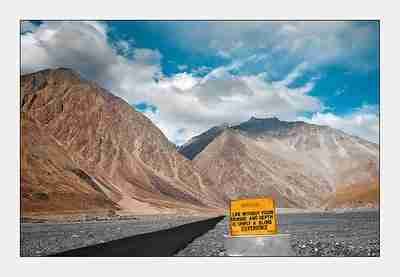A point that has become startlingly clear after watching countless debates and reading long articles on the India-China face-off at the Line of Actual Control (LAC) is that most commentators and writers have little access to authentic information and also have but a sketchy knowledge of the terrain configurations in the areas which are being spoken about. This leads to a lot of speculation, which is generally tilted towards one’s political biases and colourations, leading to a lopsided analysis of events.
The larger picture which is emerging, leaving aside the ground intricacies, is however quite clear. The ‘salami slicing,’ by the Chinese of Indian territory has been an ongoing phenomenon for decades and is common knowledge in Ladakh, where our graziers are now denied access to pastureland which they had used since ages. China has been getting away with this for long as the requisite communication infrastructure was not developed by the Indian State in the border areas. Most of the areas were foot patrolled and required days to reach, whereas the Chinese had developed an excellent road network right up to the forward areas in both Tibet and Xinjiang.
China and the border road connect
Roads were not constructed by India on her border areas with China on the specious plea that the population density in those areas was low. There was also an underlying fear that a good road network if developed, could in case of conflict be exploited by China to strike deeper into India. Such reasoning betrayed a lack of strategic thought. Constructing good roads on the border areas has nothing to do with the population density in that place. These are strategic links, developed to enable a rapid build-up of troops, as also to keep the area under surveillance.
China has nibbled away at huge chunks of Indian territory because the road access to those areas was lacking. The reasoning that the Chinese would use our roads to further their offensive designs borders on the ridiculous and betrays a defeatist and defensive mindset.
India lost the Aksai Chin, precisely because there was no road access to that area. And China has nibbled away at huge chunks of Indian territory because the road access to those areas was lacking. The reasoning that the Chinese would use our roads to further their offensive designs borders on the ridiculous and betrays a defeatist and defensive mindset. The same road can also get Indian troops to Lhasa and beyond. Thankfully, things are changing now and a determined push is being made to improve the road network.

Chinese actions on the LAC are not random acts committed by the local military commander, to achieve what is called in military parlance, moral and psychological ascendancy. The Chinese military is an organ of the Chinese Communist Party, and Xi Jinping, besides being the Chairman of the Party and the President of the country is also the Chairman of the Central Military Commission and the Supreme Commander of the PLA. Any action by the PLA on the LAC has political concurrence. Such actions are not empty posturing but designed to convey a message. So, in the instant case, what could that message be?
China is increasingly being viewed as having being negligent in keeping the world apprised about the spread of COVID 19 and world opinion is veering around to holding China accountable for the onset of the pandemic. Chinese actions in the South China Sea and in Taiwan have also fuelled fears of Chinese intentions in the Indo-Pacific region, leading to nations getting together to contain, what is perceived to be unilateral moves by China. China may hence be conveying an oblique message to India to stay away from any anti-China alliance. In addition, increasing job losses within China could create civil unrest, and so raising tension on the borders could be a diversionary tactic to draw attention away from real issues.
China would like the Indian political and military leadership to keep Chinese sensitivities in mind, but that would be contingent on China reciprocating in equal measure. That is unlikely to happen so we can expect border face-offs at periodic intervals. It would hence behove all commentators not to speculate on the ground situation, sans reliable information. Shooting in the dark will more often than not, fail to hit the target.

